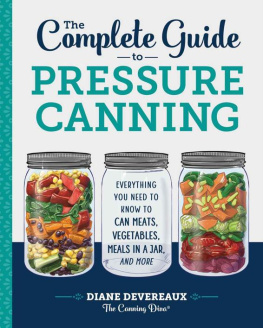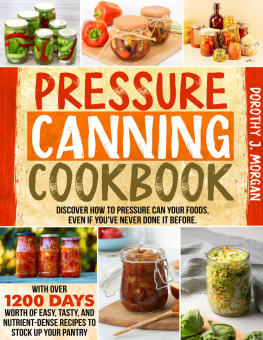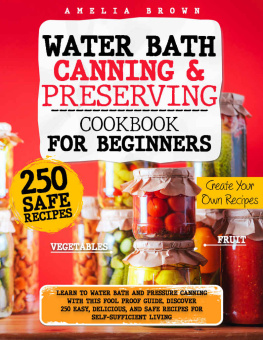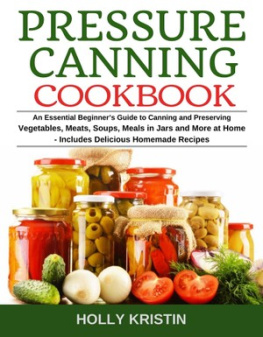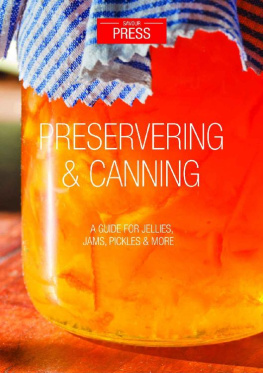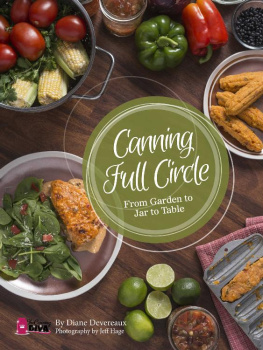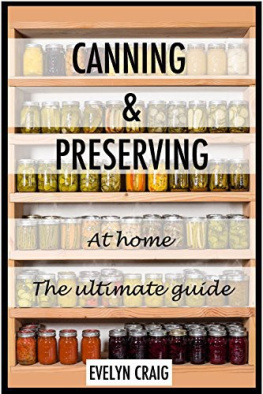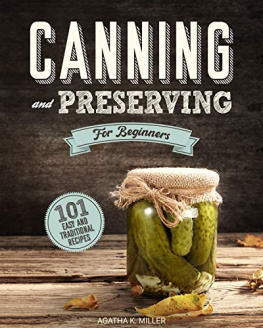

Copyright 2018 by Rockridge Press, Emeryville, California
No part of this publication may be reproduced, stored in a retrieval system or transmitted in any form or by any means, electronic, mechanical, photocopying, recording, scanning or otherwise, except as permitted under Sections 107 or 108 of the 1976 United States Copyright Act, without the prior written permission of the Publisher. Requests to the Publisher for permission should be addressed to the Permissions Department, Rockridge Press, 6005 Shellmound Street, Suite 175, Emeryville, CA 94608.
Limit of Liability/Disclaimer of Warranty: The Publisher and the author make no representations or warranties with respect to the accuracy or completeness of the contents of this work and specifically disclaim all warranties, including without limitation warranties of fitness for a particular purpose. No warranty may be created or extended by sales or promotional materials. The advice and strategies contained herein may not be suitable for every situation. This work is sold with the understanding that the Publisher is not engaged in rendering medical, legal, or other professional advice or services. If professional assistance is required, the services of a competent professional person should be sought. Neither the Publisher nor the author shall be liable for damages arising herefrom. The fact that an individual, organization, or website is referred to in this work as a citation and/or potential source of further information does not mean that the author or the Publisher endorses the information the individual, organization, or website may provide or recommendations they/it may make. Further, readers should be aware that Internet websites listed in this work may have changed or disappeared between when this work was written and when it is read.
For general information on our other products and services or to obtain technical support, please contact our Customer Care Department within the U.S. at (866) 744-2665, or outside the U.S. at (510) 253-0500.
Rockridge Press publishes its books in a variety of electronic and print formats. Some content that appears in print may not be available in electronic books, and vice versa.
TRADEMARKS: Rockridge Press and the Rockridge Press logo are trademarks or registered trademarks of Callisto Media Inc. and/or its affiliates, in the United States and other countries, and may not be used without written permission. All other trademarks are the property of their respective owners. Rockridge Press is not associated with any product or vendor mentioned in this book.
Illustrations Amber Day, 2018
ISBN: Print 978-1-64152-090-4 | eBook 978-1-64152-091-1

I DEDICATE THIS BOOK TO MY TWO BEAUTIFUL CHILDRENCALEB AND AUDREYMY LOVING FAMILY, AND TO THE CHERISHED MEMORY OF MY LOYAL GARDEN COMPANION, KALA GIRL

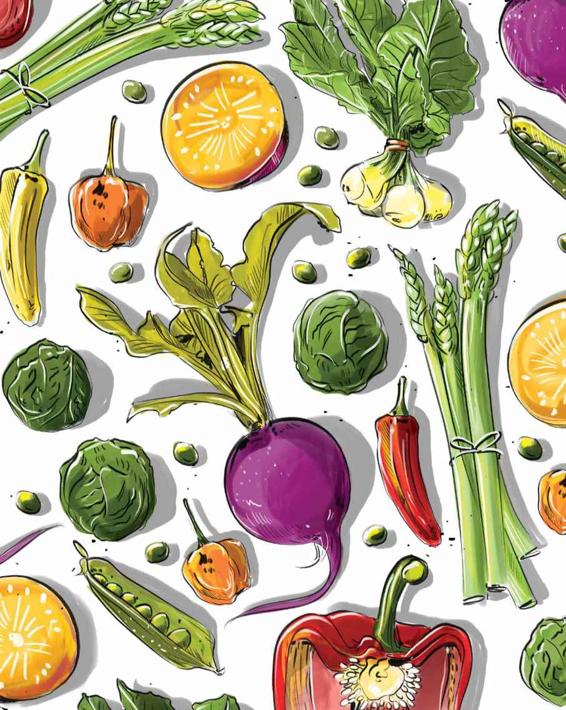
CONTENTS

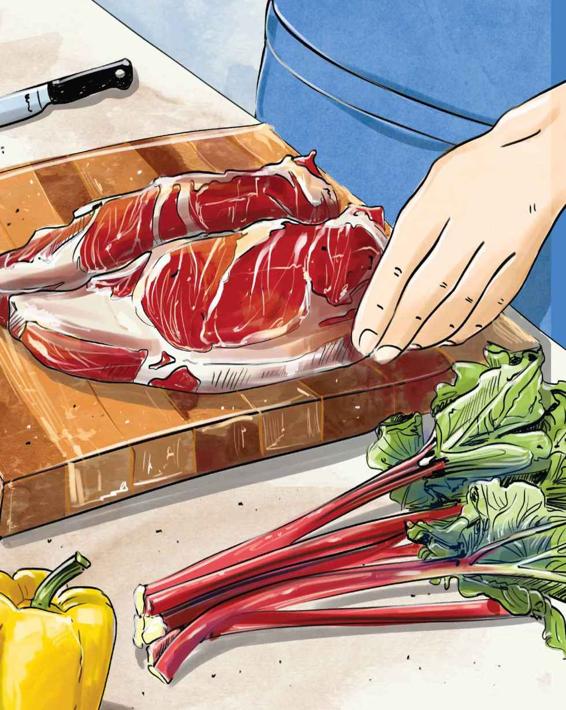
I AM SO EXCITED TO BRING TO YOU the first complete guide to pressure canning. Many canning cookbooks spend countless pages detailing simplistic water bath recipes, yet fall short when it comes to pressure canning. The Complete Guide to Pressure Canning is a sensible road map focusing solely on how to safely use a pressure canner and how to safely preserve low-acid foods. Scared? Dont be.
The Complete Guide to Pressure Canning demonstrates a pressure canners ease-of-use, demystifies the science and math used to safely preserve low-acid foods, and offers delicious recipes for readers of all skill levels, whether you are new to canning or have home canned all your life. Explore a whole new world of food preservation with step-by-step instruction, easy at-a-glance charts, two in-depth practice recipes, and much more.
Feel confident knowing you are in good hands with me, The Canning Diva, as I have been canning since I was a teenager and have successfully taught this time-honored craft for over a decade. I have taken great joy in debunking the many fears and negative stereotypes often associated with pressure canning. In this complete guide, I detail the various components of a pressure canner, teach the vital roles acid, time, and temperature play in preservation, and dive deeper into forgotten foods like canned meat and fish.
Personally, pressure canning has opened the doors to so many fun recipes I otherwise would not have been able to preserve. Soups, stews, and meals in a jar are just a sampling. Whats more exciting is witnessing over time how my pantry became less likely to harbor an aluminum can. The majority of what my family consumes is preserved in mason jars by my very own two hands. Kitchen staples like stocks and broths, colorful vegetables, and legumes in every shape and size now line my pantry shelf. It is quite pleasing and cost-saving to shop in my pantry first, rather than the grocery store.
If you have a busy, on-the-go lifestyle or desire to be prepared in times of disaster, pressure canning can help you stay one step ahead. With two active kids, I love knowing I can have a healthy meal on the table in less than 20 minutes, and my stock of pressure-canned meals in a jar keeps me from swinging by the fast food drive-thru on particularly hectic weeknights. Think of The Complete Guide to Pressure Canning as your own personal guide to reducing time in the kitchen. Just heat and eat, as I like to say.
Are you ready to become a pressure canning expert? Lets get started!

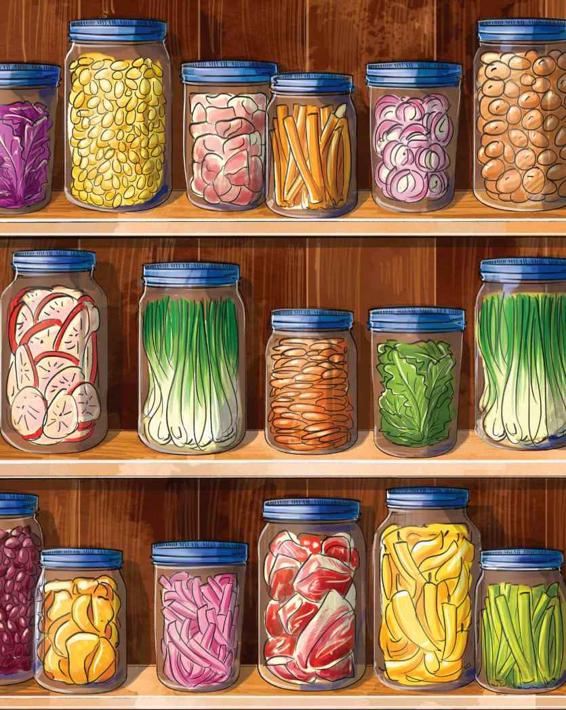
WELCOME TO HOME CANNING and preserving! In this chapter, you will learn the fundamentals of home canning, with the primary focus on pressure canning. The best way to understand how to safely preserve food in jars for long-term storage is to gain knowledge of the math and science behind the craft. But dont worryyou dont need a degree in science to understand the material covered in the following pages. My approach is more holistic, offering a full overview of the canning process. We begin with the history of canning, then dive into the three main pillars of food preservation, and end with a discussion of the overall concept of preserving food in jars to give you the knowledge you need to pressure can with confidence in your home kitchen.
A Brief History of Canning
Canning, or jarring, dates back to the Napoleonic War era starting in 1803. In a nutshell, Napoleon was losing the war on the front line because his men were without food. An army travels on its stomach, Napoleon famously said. By the time fresh foods made it to the front line, they would be rotten and inedible, leaving his men to pillage or purchase whatever the native country offered as a food source.
Next page
